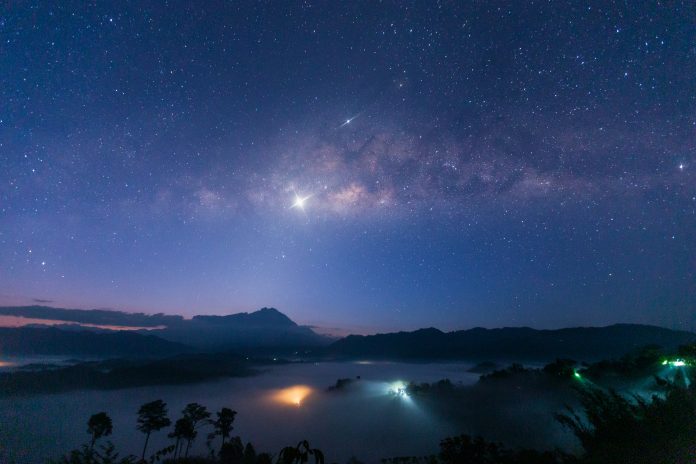New data suggests that there is a population of black holes in star cluster Palomar 5, which is “roughly three times larger than expected”
Palomar 5 is a cluster of stars discovered in 1950, by Walter Baade – of the clusters that orbit around the Milky Way. It is older than 10 billion years, making it one of the first to be formed when the galaxy was formed.
The scientists explain that Palomar 5 formed with a lower black hole fraction, but then stars escaped more efficiently than black holes – slowly increasing the percentage of black holes present.
’20 times the mass of the Sun’
Professor Mark Gieles, from the Institute of Cosmos Sciences of the University of Barcelona (ICCUB) and lead author of the paper, explained: “The number of black holes is roughly three times larger than expected from the number of stars in the cluster, and it means that more than 20% of the total cluster mass is made up of black holes.
“They each have a mass of about 20 times the mass of the Sun, and they formed in supernova explosions at the end of the lives of massive stars, when the cluster was still very young.
“We do not know how these streams form, but one idea is that they are disrupted star clusters. However, none of the recently discovered streams have a star cluster associated with them, hence we can not be sure. So, to understand how these streams formed, we need to study one with a stellar system associated with it.
“Palomar 5 is the only case, making it a Rosetta Stone for understanding stream formation and that is why we studied it in detail.”
Scientists will continue to investigate star cluster Palomar 5, as an indicator of how other star clusters may also behave.











